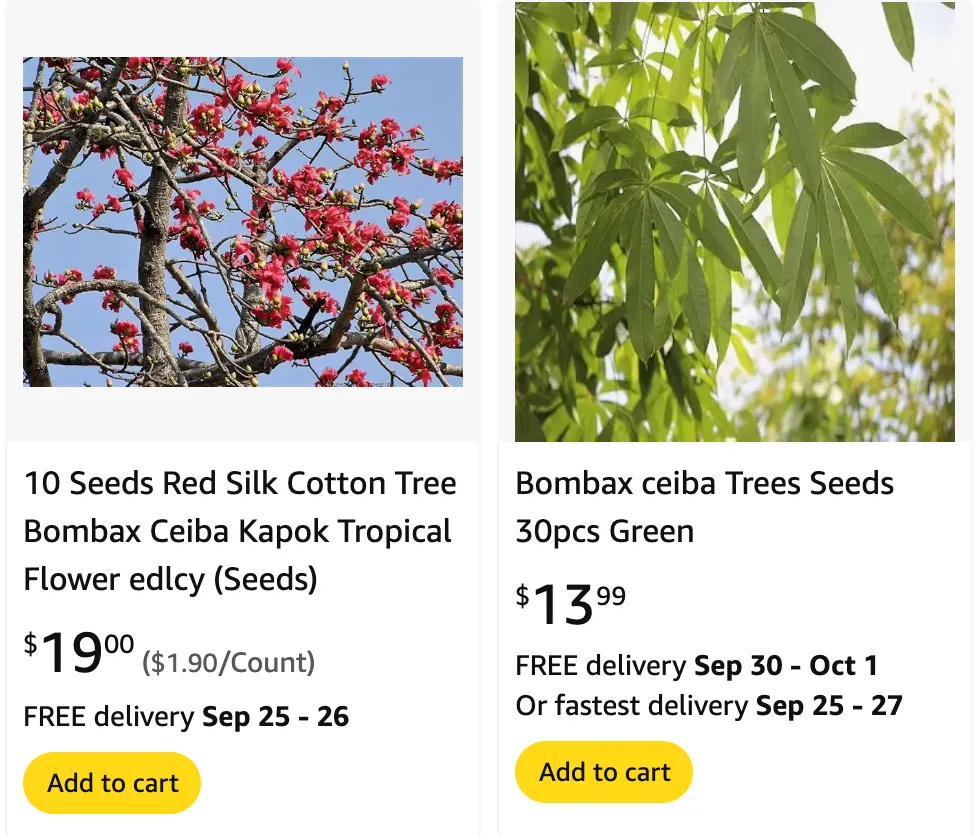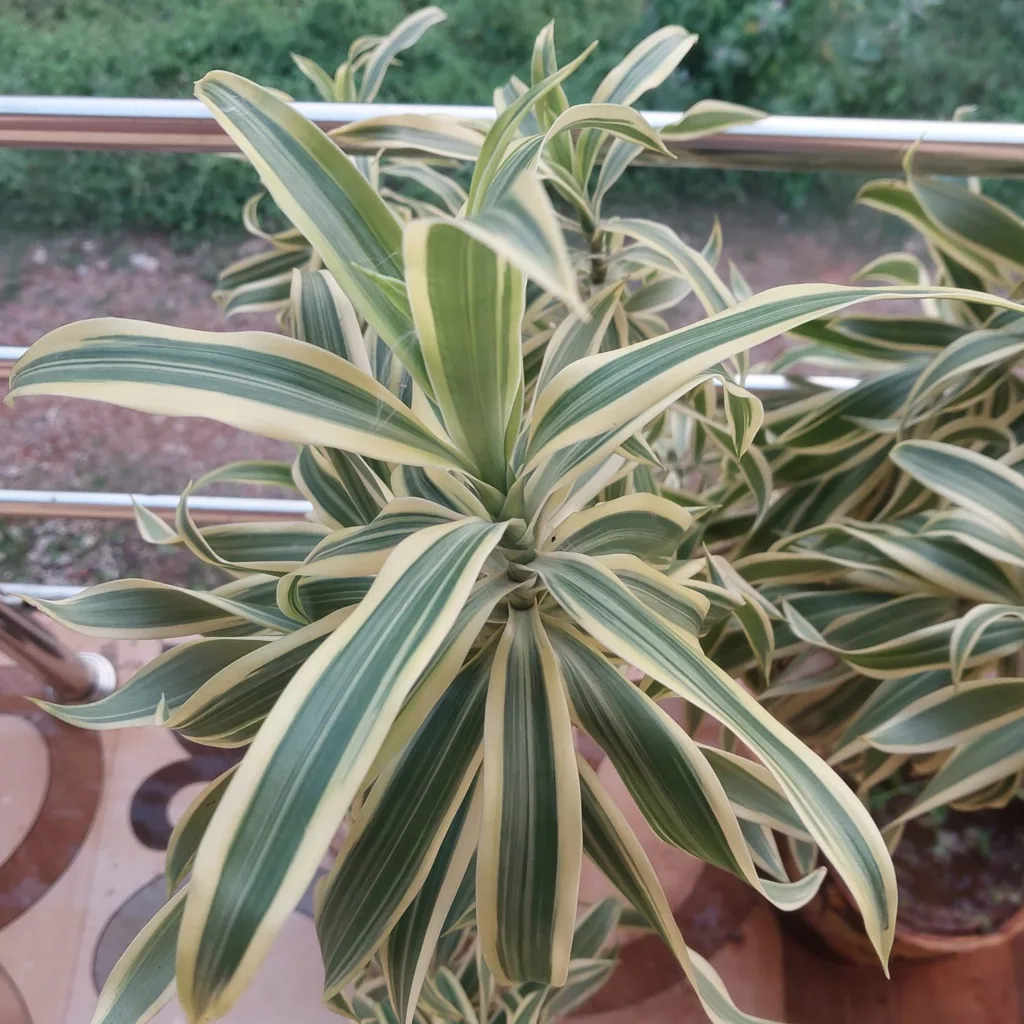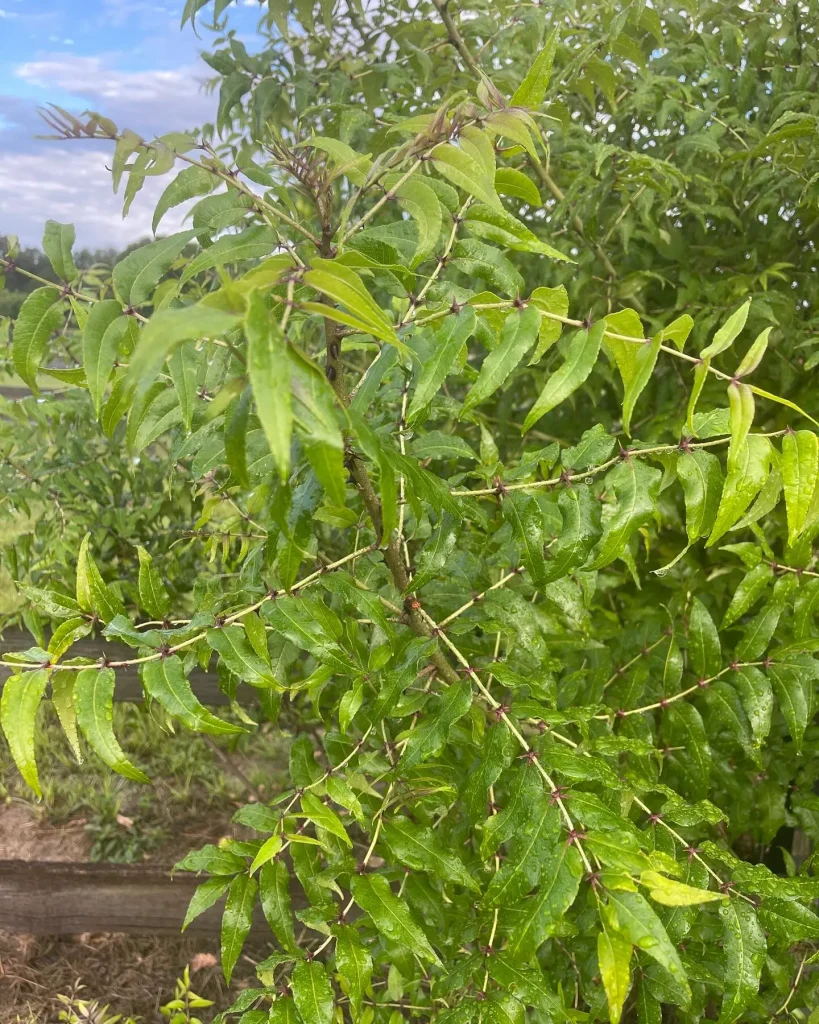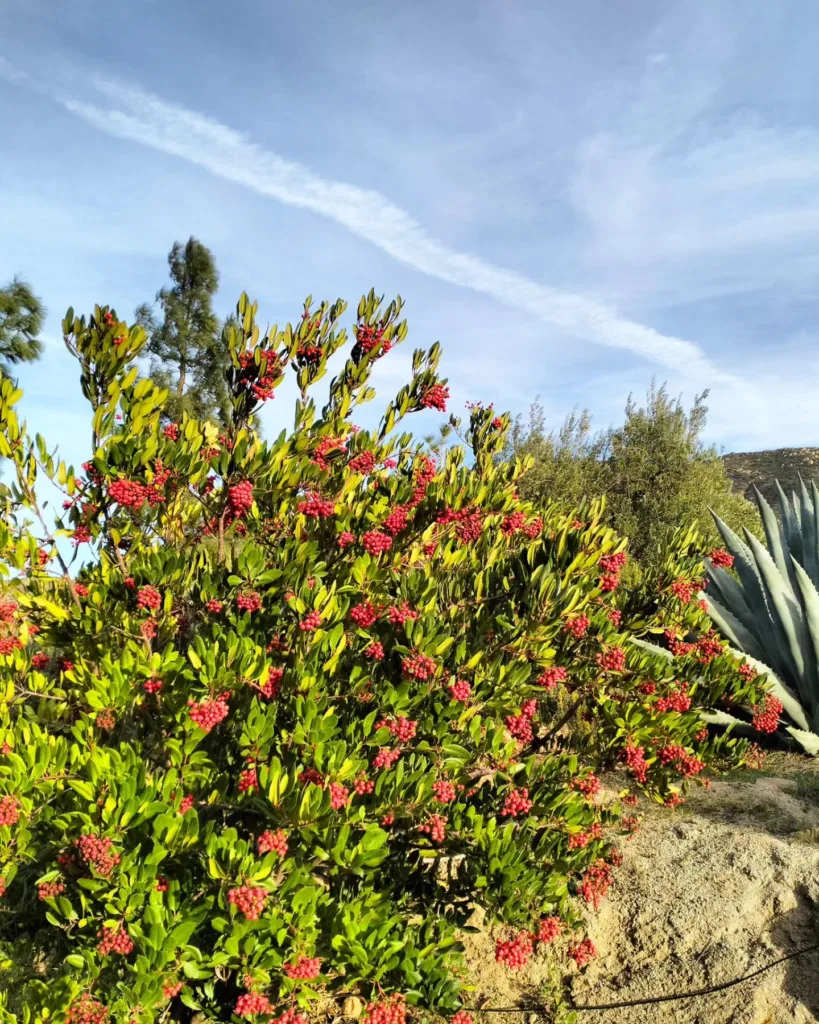
FAQs About Bombax Ceiba
Bombax Ceiba, also known as the Silk Cotton Tree, belong to the Malvaceae family, is a striking plant that captures attention with its large, flamboyant flowers and distinctive, thorn-covered trunk. I’ve had my fair share of experiences with this tree, and I’ve gathered some frequently asked questions and answers to help you get started with growing and caring for this unique species.
Plant Family: 246 Genera in Malvaceae
What is Bombax Ceiba?
Bombax Ceiba is a deciduous tree native to tropical and subtropical regions of Africa and Asia. Known for its stunning red or pink flowers that bloom in clusters, the tree also features a trunk covered in prominent thorns. It’s often used in landscaping for its dramatic appearance and fast growth.
How to Grow Bombax Ceiba?
Growing Bombax Ceiba can be a rewarding experience if you’re prepared for its requirements. Here are the essentials for successful cultivation:
- Climate and Location: Bombax Ceiba thrives in tropical and subtropical climates. It needs full sun to grow optimally. If you live in a cooler region, consider growing it in a large container that can be moved indoors during colder months.
- Soil Requirements: This tree prefers well-drained soil. While it’s adaptable to various soil types, ensure that the soil is not too heavy or waterlogged. Adding organic matter can improve soil drainage and fertility.
- Watering: Bombax Ceiba is relatively drought-tolerant once established. Water the tree regularly during the growing season but reduce watering in the winter months. Overwatering can lead to root rot.
- Fertilization: Apply a balanced fertilizer in the spring to support growth and flowering. Avoid over-fertilizing, as this can harm the tree.
- Pruning: Prune the tree in late winter or early spring before new growth begins. This helps maintain its shape and encourages a strong structure.
Can I Grow Bombax Ceiba from Seeds?
Yes, you can grow Bombax Ceiba from seeds, and it’s a fairly straightforward process if you follow these steps:
- Seed Preparation: Soak the seeds in water for 24 hours before planting to help with germination. This softens the hard outer shell and speeds up the process.
- Planting: Sow the seeds in a well-draining seed-starting mix. Plant them about 1 inch deep. Keep the soil moist but not waterlogged. The seeds typically germinate within a few weeks.
- Transplanting: Once the seedlings have grown enough to handle and have developed a strong root system, you can transplant them to their permanent location. Be sure to choose a sunny spot with good soil drainage.
How to Care for Bombax Ceiba?
Caring for Bombax Ceiba involves regular maintenance to ensure it remains healthy and vibrant:
- Pests and Diseases: Watch for common pests such as aphids and scale insects. These can be managed with insecticidal soap or neem oil. The tree is relatively resistant to diseases but ensure good airflow around it to prevent fungal infections.
- Temperature: Bombax Ceiba prefers warm temperatures and may struggle in regions that experience frost. Protect young trees from cold weather to prevent damage.
- General Care: Ensure the tree gets adequate sunlight and avoid waterlogging. Mulching around the base can help retain moisture and regulate soil temperature.
Can You Grow Bombax Ceiba Indoors?
Growing Bombax Ceiba indoors is challenging due to its size and light requirements. It’s better suited for large, sunny spaces like conservatories or greenhouses. If grown indoors, ensure it receives plenty of sunlight, and be prepared to deal with its size as it matures.
Is Bombax Ceiba Toxic?
Bombax Ceiba is not known to be toxic to humans or animals. However, its thorns can cause injury if handled carelessly, so exercise caution, especially with children and pets.
Benefits of Growing Bombax Ceiba
Growing Bombax Ceiba can bring several benefits:
- Ornamental Value: Its striking flowers and unusual trunk make it a focal point in gardens and landscapes.
- Shade: The tree provides ample shade once mature, making it an excellent choice for large gardens.
- Ecological Impact: Bombax Ceiba supports local wildlife by providing nectar for pollinators like bees and butterflies.
Common Problems with Bombax Ceiba
- Root Rot: Often caused by overwatering or poorly-drained soil. Ensure good drainage to prevent this issue.
- Pests: Keep an eye out for scale insects and aphids. Regular inspection and treatment can manage these problems effectively.
- Frost Damage: In cooler climates, frost can damage the tree. Protect young trees during winter or consider growing them in containers that can be moved indoors.
Compare with Other Similar Trees
Bombax Ceiba is often compared to trees like the Baobab and the Kapok tree. While all three have striking appearances, they differ in growth habits and climate preferences. The Baobab is known for its massive trunk and is well-suited for arid climates, while the Kapok tree also features impressive flowers but is typically found in tropical rainforests. Each tree offers unique attributes, but Bombax Ceiba stands out with its distinctive thorny trunk and vivid blooms.
In summary, Bombax Ceiba is a magnificent tree with specific needs but is well worth the effort if you have the right environment. Whether you’re growing it from seeds or caring for an established tree, understanding its requirements will help you enjoy its beauty for years to come.
If i die, water my plants!



